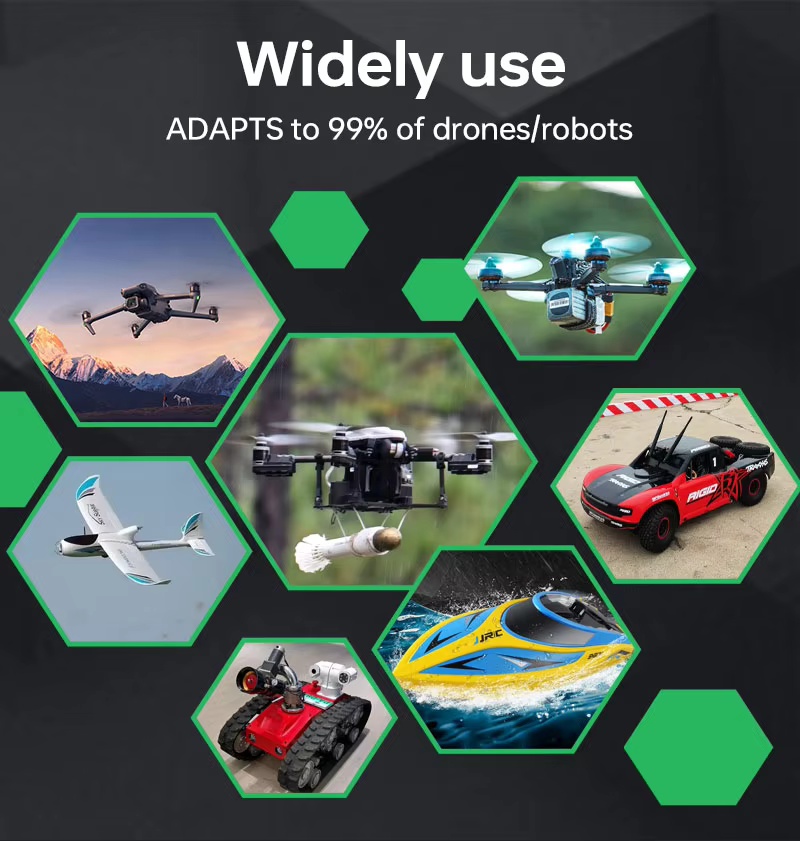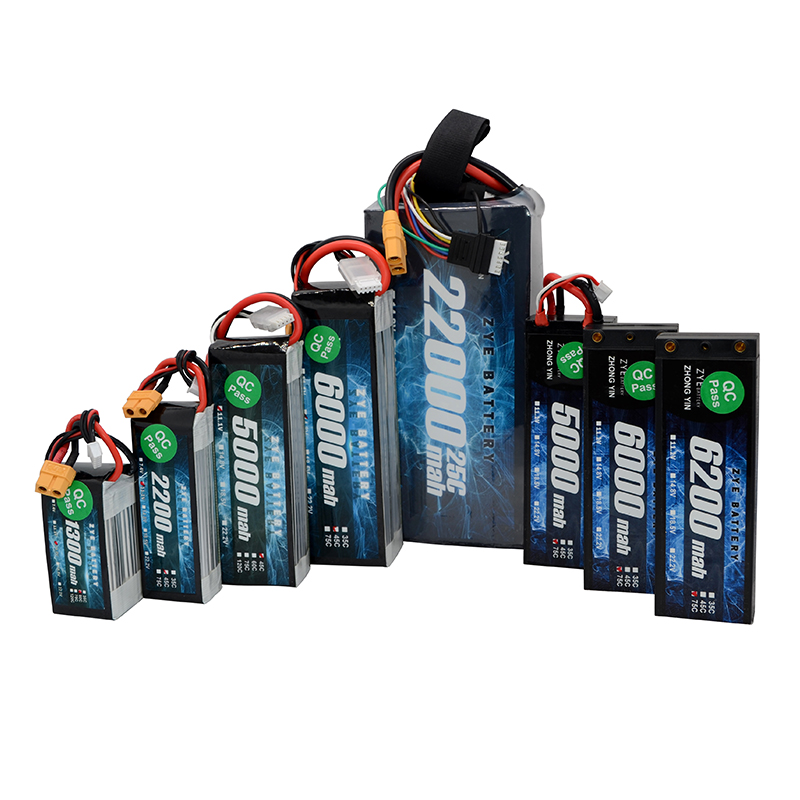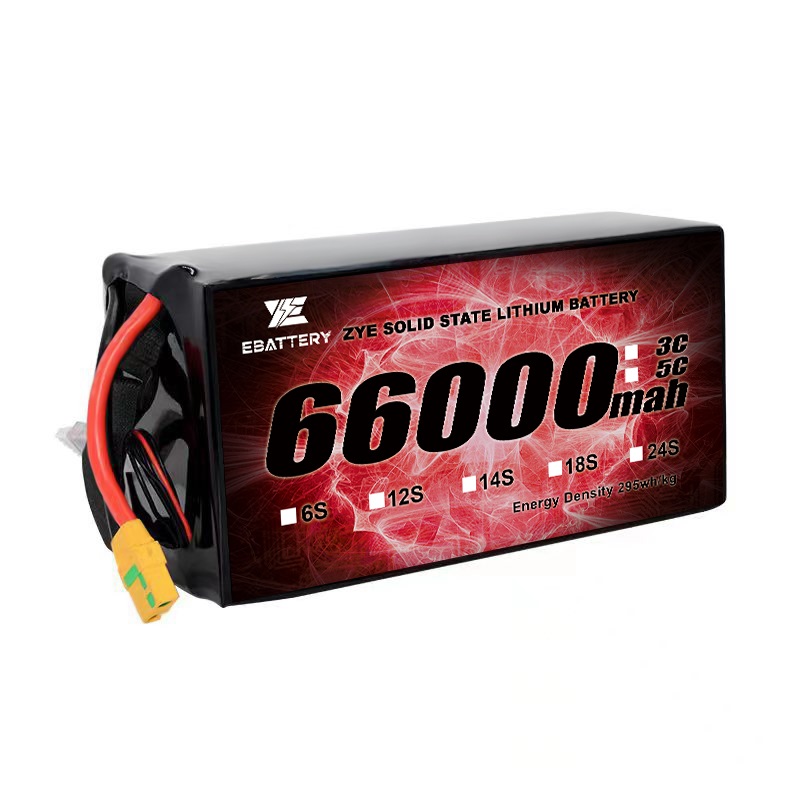Why We Prioritize Solid-State Batteries For Drone Technology
2025-11-04
Current limitations in lithium-ion battery technology prevent achieving a balance between flight duration and payload capacity.
Drone enthusiasts should not have to choose between keeping their drones airborne longer or equipping them with more expensive batteries. Emergency response teams should not have to recall drones for recharging while tracking wildfire spread.
Solid-state batteries resolve the temperature challenges that have long plagued military operations, with advantages extending far beyond raw performance metrics. Their electrolytes remain stable at extremely low temperatures, ensuring reliable performance during Arctic reconnaissance missions while withstanding 70°C exposure without the thermal runaway risks that plague conventional batteries.
Reviewing recent advancements in solid-state battery technology highlights improvements in safety, energy density, and cycle life.
All-solid-state batteries represent a promising new technology with the potential to revolutionize how we store and utilize energy. Unlike traditional lithium-ion batteries that use liquid electrolytes to transfer ions between electrodes, SSBs employ solid electrolytes, offering several advantages over liquid counterparts.
SSBs offer higher energy density and longer lifespans, are safer than conventional batteries, and are more environmentally friendly. Additionally, under certain conditions, SSBs have the potential for faster charging than traditional batteries and can be used in a wide range of applications, from consumer drones to electric vehicles.
Solid-state batteries face several challenges, primarily high cost, mechanical and interface instability, and dendrite formation. Significant progress has been made in SSB development in recent years, with researchers worldwide working to overcome remaining challenges and bring this technology to market.
Thus, the field of solid-state batteries has experienced tremendous advancement, bringing us closer to achieving commercially viable, high-performance energy storage solutions. As we explore the complex world of solid-state battery materials, it becomes clear that careful selection and optimization are crucial to realizing the full potential of this technology.
Advantages and Disadvantages of Solid-State Batteries
The cathode/solid electrolyte interface is critical to the electrochemical processes in solid-state batteries, significantly influencing ion transport kinetics. Solid electrolytes offer superior thermal stability and greater durability compared to liquid electrolytes. Material performance exhibits notable variations due to several environmental variables, including ambient temperature, pressure, and humidity. Beyond materials, battery degradation must also be addressed as a key factor affecting long-term performance.
Battery Charging
Compared to liquid electrolytes, solid-state batteries exhibit superior ionic conductivity, enabling faster charging speeds. Unlike traditional lithium-ion batteries using liquid electrolytes, solid-state batteries employ solid electrolyte materials to facilitate ion movement between electrodes.
Furthermore, the rapid charging experience with solid-state batteries may be safer and more reliable.
Real-World Impact: Increased Drone Deliveries
These advancements aren't confined to lab experiments—they're already transforming drone applications.
Agriculture: Drones with extended battery life can cover over 200 acres per flight, continuously spraying crops or monitoring soil health.
Emergency Response: Search-and-rescue drones equipped with lithium batteries and solar panel attachments (for supplemental power) can remain airborne for over two hours, scanning larger areas for missing persons or wildfire hotspots.
Logistics: Delivery drones like Amazon's are testing solid-state batteries, aiming for 50-kilometer flights to deliver packages to rural areas lacking road access.
Solid-state batteries promise to fundamentally transform the drone landscape, with the potential to significantly extend flight endurance and mission capabilities for commercial and civilian platforms, boosting efficiency across various tasks.

























































